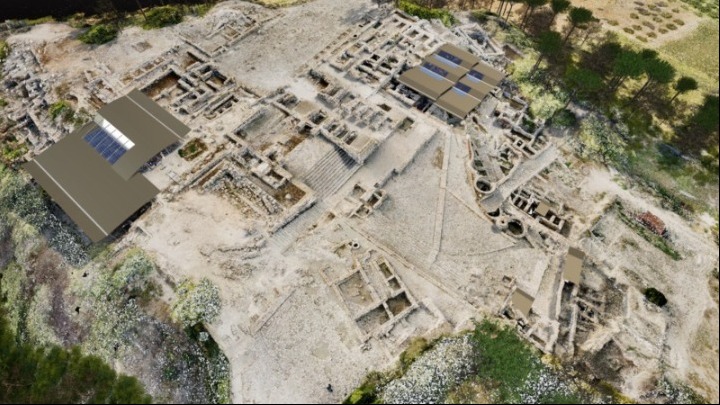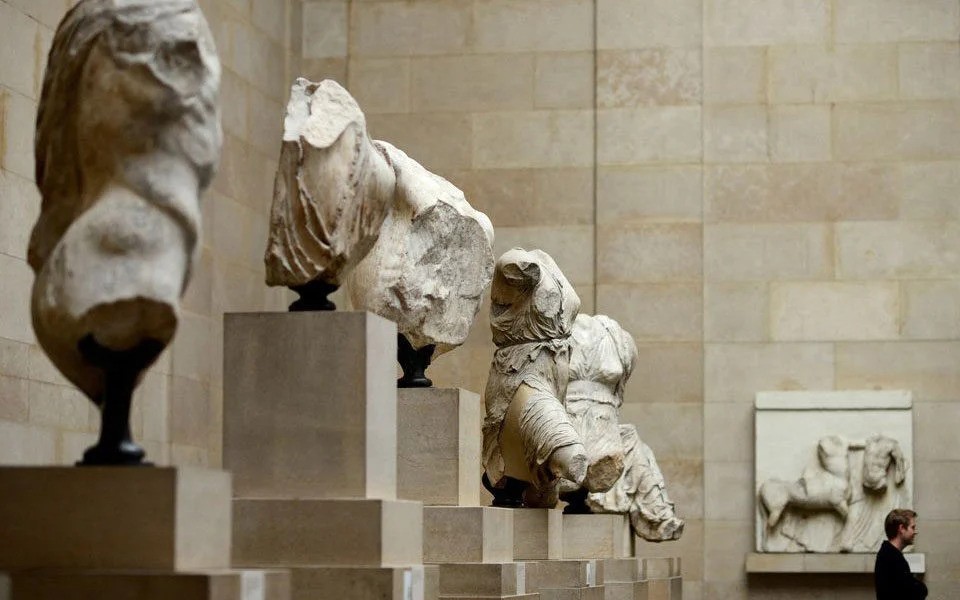The Byzantine Mystras


Mystras (also known as Mistra) is a fortified settlement, located on a hill west of Sparta at the foot of Mt. Taygetos. It was included in the list of UNESCO World Heritage Sites in 1989. The Franks built a castle in 1249 to control the region. A settlement grew around the castles after the Franks surrendered it to the Byzantines in 1262. It flourished as a civic and cultural center in the Late Byzantine Era, when the empire was ruled by the last Byzantine dynasty, the Palaiologoi (1261–1453) and later became the capital of the Despotate of Morea in the 14th century.
At castle at the peak of the hill was founded in 1249 by the Frankish ruler of the Principality of Achaia, William II Villehardouin. It was constructed in order to secure the plain from the Slavs of Taygetos and reinforce the Latin domination of the region. The Frankish castle was ceded to Michael VIII Palaiologos (1261–82), along with three other castles in the southern Peloponnese, as ransom for the release of William II, who had been captured by the Byzantines in the Battle of Pelagonia in 1259. The metropolitan see of Lacedaemonia was moved to the new settlement of Mystras, occupied primarily by former residents of Lacedaemonia, or ancient Sparta, due in part to considerable insecurity in the region. The governors, who initially held the office of kephale for a one-year term, settled on a plateau of the hill below the castle, where most likely the residence of the Frankish lord already existed.
A great change in the administration of Mystras is noticeable in the mid-fourteenth century. The emperor John VI Kantakouzenos (1347–54), who had settled in Mystras after his abdication, installed his son Manuel as the first despot with a life term. Manuel (1349–80) married Isabelle de Lusignan, inaugurating a period of friendly relations with the Franks. Several years later the administration of Mystras passed into the hands of the Palaiologan family with the installation as despot of Theodore I (1383–1407), son of the emperor John V Palaiologos (1341– 91). He was followed by Theodore II (1407–43), son of the emperor Manuel II (1391–25), just eleven years old. Emperor Manuel II himself remained in Mystras for long periods to supervise the administration. The Palaiologan despots managed to severely restrict Frankish domination in the Peloponnese. The last Byzantine emperor Constantine XI Palaiologos commanded Mystras as despot (r. 1443–49) before moving to Constantinople and ascending the throne.
During this period, Mystras witnessed a remarkable cultural renaissance, including the teaching of Plethon and attracted artists and architects of the highest quality. Its art and architecture can still be seen today in the numerous churches of Mystras. The scholars that gathered there played an active role in the era’s philosophical discussions and in debate over the union of the Latin and Orthodox Churches. The philosopher George Plethon Gemistos taught in Mystras from around 1410 until 1452, where he championed Platonic thought, finding particular response in the West. He envisioned the revival of ancient Greek thought and emphasized the Hellenic nature of Byzantine culture. Bessarion, his disciple who was first the metropolitan of Nicaea and later a Catholic cardinal, actively participated in the promotion of the union of the Churches and accompanied John VIII Palaiologos in negotiations during the Council of Florence.
After Demetrios Palaiologos (1440– 60), the last despot of Mystras, surrendered to Mehmed II in 1460, Mystras became the seat of the Bey of the Sanjak of the Peloponnese. During this time it developed into an important center for the production and trade of wool and silk. From 1687 until 1715 Mystras came under Venetian control, and then again under the Ottomans.
Source: thebyzantinelegacy.com









